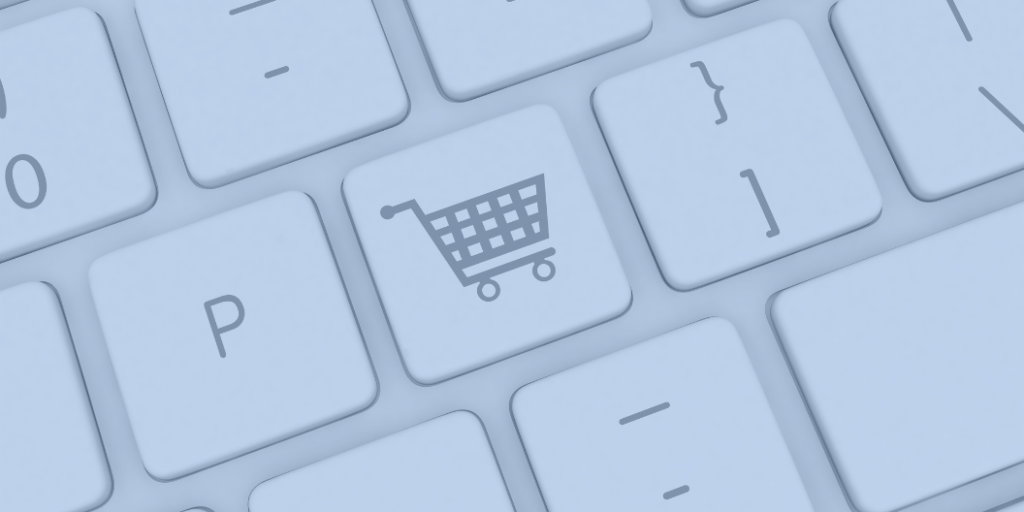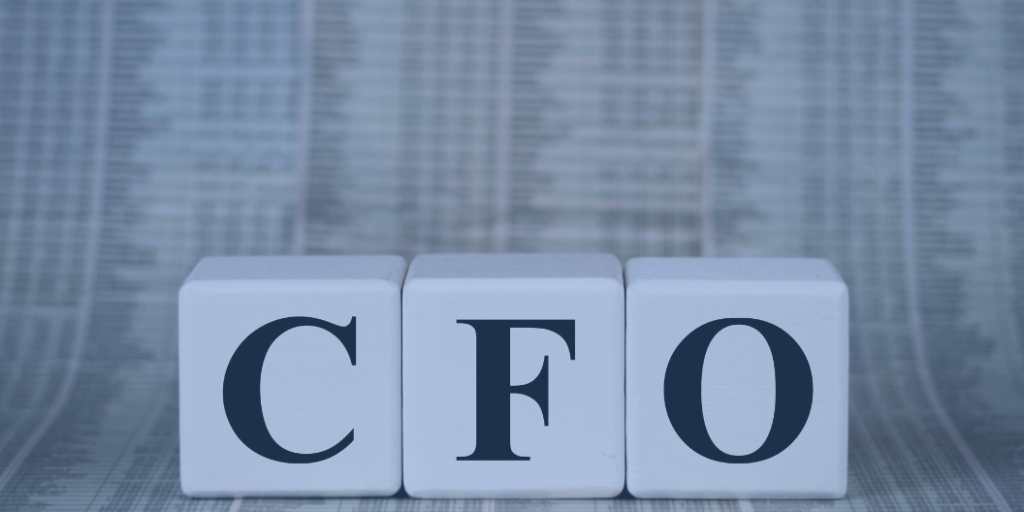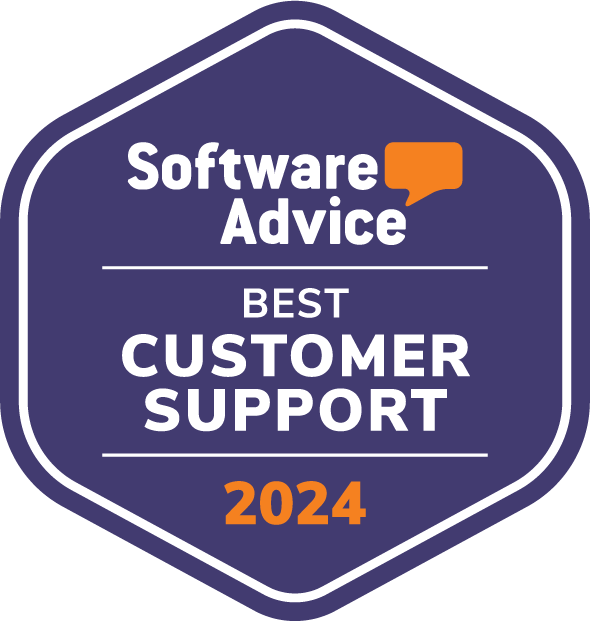
Black Friday Pricing During a Pandemic
2020 has been rough for brick and mortar retailers of all sizes. The global pandemic with its twins of discord, social distancing and job disruption, have limited spending throughout the year.

2020 has been rough for brick and mortar retailers of all sizes. The global pandemic with its twins of discord, social distancing and job disruption, have limited spending throughout the year.

Data is one of the most powerful assets retailers have at their disposal in carrying out their pricing strategy.

Pricing is one of those tasks that frequently gets left behind. Pricing managers or small business owners have been doing it their way for so long that they can’t imagine working any other way

Adopting a dynamic pricing model means selling products at different prices throughout the day. While the model can easily be applied to online stores that aren’t limited by physical properties, brick-and-mortar outlets are often hesitant to introduce dynamic pricing to their stores.

Dynamic pricing uses data from both internal and external sources to generate a recommended price at the time of sale.

Unquestionably, dynamic pricing increases revenues and profit margins. Our customers can expect to see a 30% increase in revenues and a 10% increase in profits

Retailers looking to increase sales are often tempted by untapped international markets. Advanced marketers may develop new landing pages using culturally appropriate imagery and messaging, while less sophisticated brands simply increase their ad spend in new regions.

Businesses that take the time to know their customers and understand their buying habits position themselves to increase profits through price manipulations.

At Quicklizard, we pride ourselves in putting a price on everything, but we find the notion of equality to be beyond the reach of our AI-driven platform.

Online retailers need to upgrade their business practices and automate processes so that they can react to and meet changes in both demand and competition.

With the future of offline retail seriously in doubt, it’s time for omnichannel retailers to increase their online efforts, and change the way they do business

Amazon, Facebook, and eBay have all taken steps to fight the rising price of hand sanitizers and face masks, two weapons in the battle against coronavirus.

For sophisticated retailers and eCommerce merchants, product pricing is a delicate tool used to both encourage customers to shop and generate profits.

Circumstances where a limited lowest price strategy can be successful.

As the man responsible for corporate cash flow and financial planning, many CFOs are skeptical when it comes to dynamic pricing.

There’s really just one problem with using the data. It’s hard to know what to do with it.

Retailers who forego dynamic pricing engines, and simply go with their gut, there’s one easy way to know if they were on target with their pricing

Dynamic pricing is essentially a full-scale digital transformation that impacts a business’ most sensitive data point – its prices
Quicklizard may provide you with updates regarding our products, tips, etc. You may unsubscribe from these communications at any time.


Tariffs Are Paused. Use This Window to Build a Smarter Pricing Response. Learn How